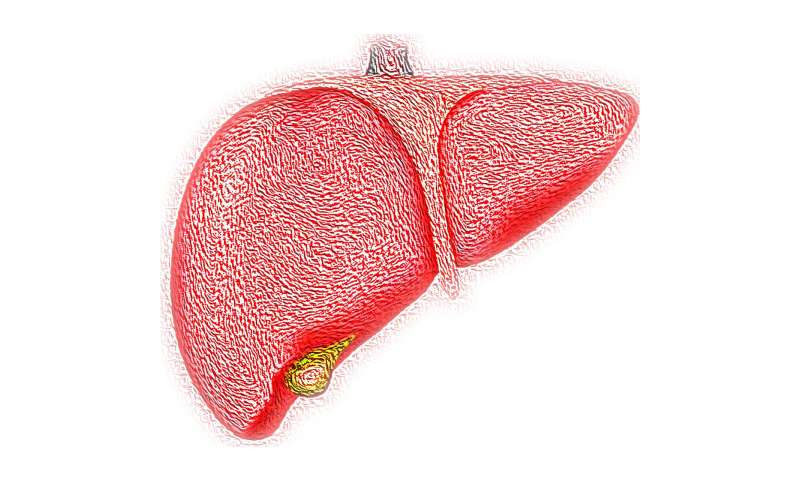
Researchers at Massachusetts General Hospital have uncovered an unexpected connection between an imbalance of electrons in liver cells and many metabolic problems that increase the risk for conditions such as cardiovascular disease and fatty liver disease. Their findings, published in the journal Nature, shine a light on the phenomenon known as reductive stress and how genetics and environmental factors such as diet influence this emerging disease risk factor.
Reductive stress occurs when cells build up an overabundance of electrons, which play an essential role in producing energy. “The food we eat tends to be very rich in electrons,” says Vamsi Mootha, MD, of Mass General’s Department of Molecular Biology, and senior author of the Nature study. “But if there’s an imbalance between the supply and demand for those electrons—specifically, an excess supply—you can get reductive stress.”
Eating a high-fat diet and consuming alcohol can cause reductive stress in liver cells. While reductive stress has been linked to certain rare genetic disorders known as mitochondrial diseases, its role in more common conditions has not been well studied.
Mootha’s colleague and the lead author of the study, Mass General hepatologist Russell Goodman, MD, DPhil, oversaw a team that administered a genetically engineered enzyme called LbNOX to the livers of lab mice that had been given alcohol. “Alcohol generates a ton of electrons, and that causes a lot of reductive stress,” says Goodman. Yet LbNOX prevented the mice from developing reductive stress. “The study showed that we can use this genetic tool to control reductive stress in the liver,” he says. “We can give it and take it away.”
The team identified a metabolite in the blood called alpha-hydroxybutyrate that rose when electrons built up in liver cells. This intrigued the investigators, since alpha-hydroxybutyrate levels are associated with insulin resistance, a risk factor for type 2 diabetes, and obesity. Previous genetic analysis linked alpha-hydroxybutyrate levels in humans to a variant in a gene called GCKR, which occurs in about 50 percent of people and seems to affect risk for many diseases and unhealthy traits, such as fatty liver disease and elevated levels of blood fats called triglycerides. They showed that the GCKR mutation in mouse liver cells was associated with high levels of alpha-hydroxybutyrate, linking it to reductive stress.
Importantly, this study (which was funded by the Marriott Foundation) found that treating reductive stress with LbNOX lowered levels of triglycerides, which increase the risk for cardiovascular disease, and improved metabolic factors, including insulin resistance.
Source: Read Full Article
